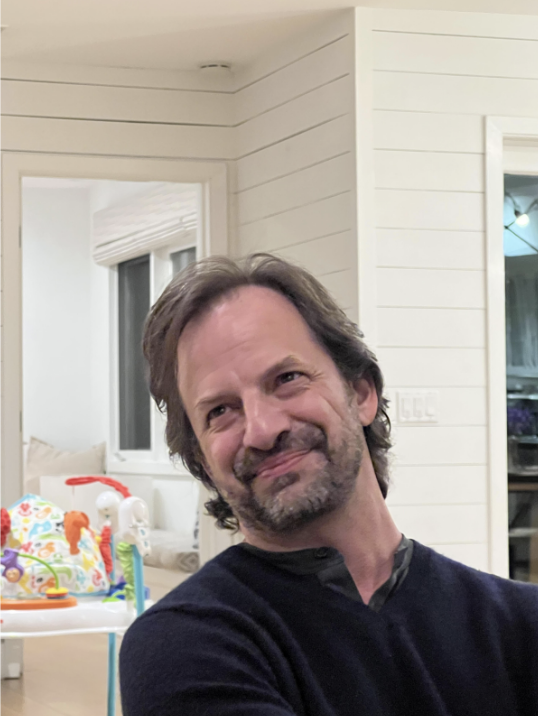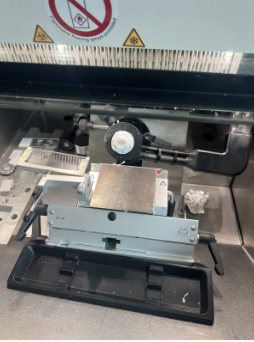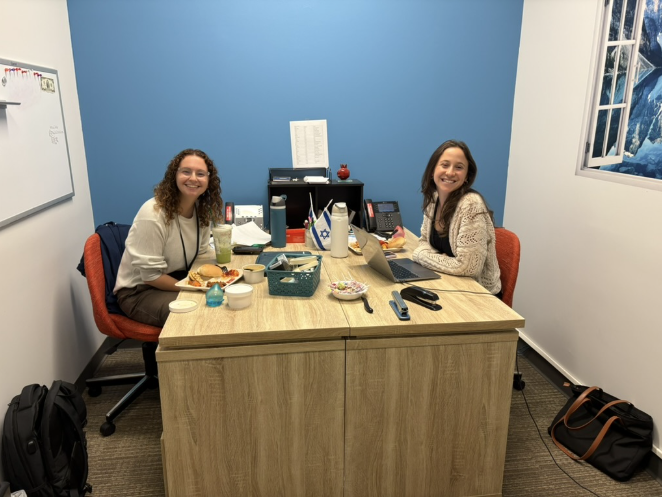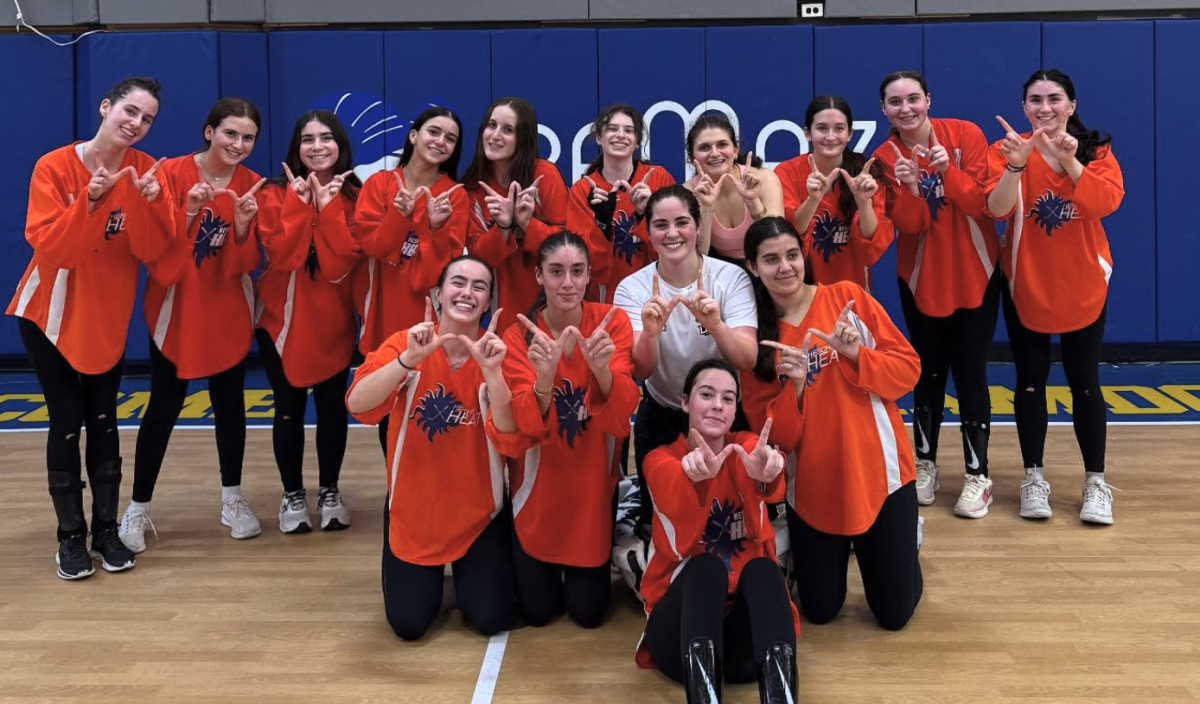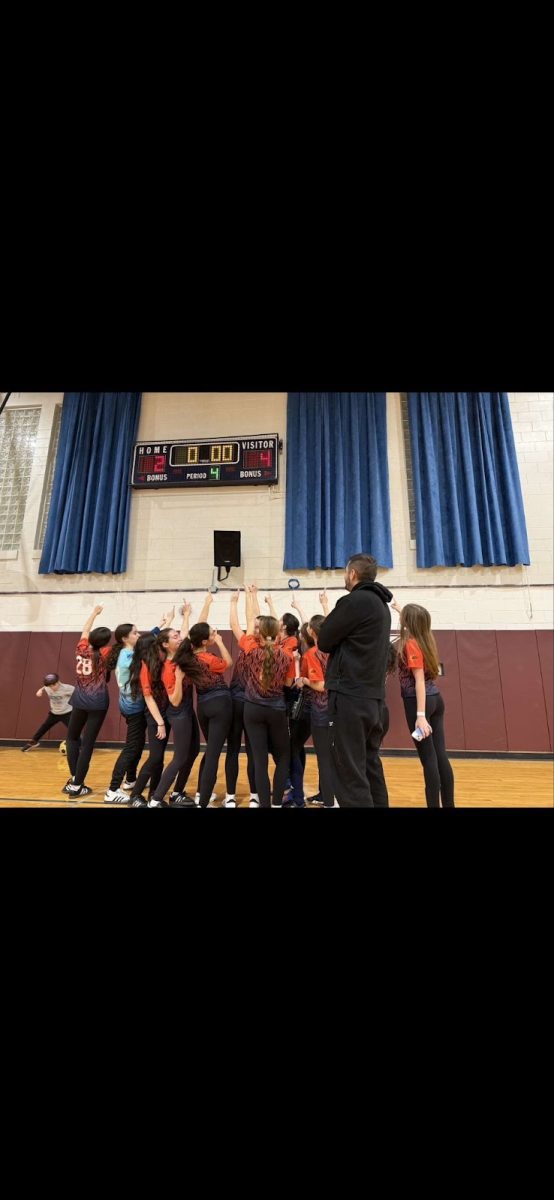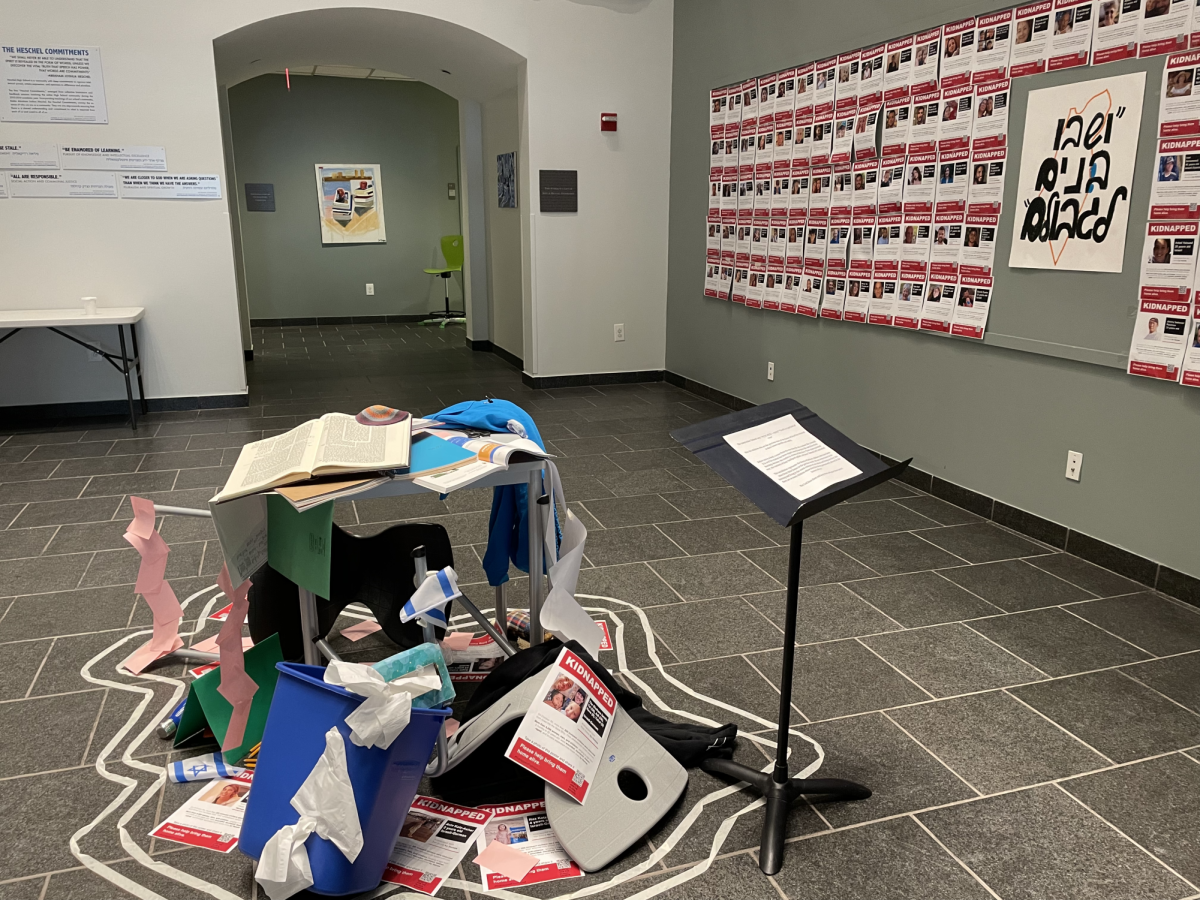We’ve all seen, either in person or virtually, the table with 243 empty seats in Times Square, the teddy bears in Tel Aviv, or the missing posters plastered onto hundreds of NYC street corners.
At a certain point, though, many of us began to feel numb. The number of victims from Oct. 7 was so large, and the red square that read “kidnapped” was just a color in our peripheral vision.
We were desperate for a way to feel it, and we needed to form a connection–to zoom in on the specifics, to think about the weight of the situation. Recognizing this desire, Student Government decided to direct Heschel’s attention to captive children through art.
As Art teacher Nurit Newman and the Art Club began designing the installation, they concluded “that one of the things a work of art can inspire is a sense of wonder. We wanted to give our school the breadcrumb morsels to piece together their own interpretation of the work.”
Next, the Programming Council assembled the piece in the middle of the atrium, planning to stop everyone in their tracks and face the gravity of the kidnappings.
The scene depicts a desk scene where a student once studied. There is a Hebrew Machberet, the very same one we use as part of the Heschel curriculum, and a Talmud from which many students at our own high school have studied. It looks as though it is a student’s desk at the Abraham Joshua Heschel High School.
However, at this desk, everything is in disarray. It is as if this child was ripped away from his studies and his life.
Looking back, Nurit said, “the connection between the wall of posters and the sculptural element in the center of the atrium is successful in creating an experience that implies something terrible has happened. It commemorates being pulled away in a rush and without consent.”
This desk depicts how young kids, just like us, were unfairly extracted from their lives in Israel, the innocence of childhood, and the gift of learning.
The choice to put white tape around the border of the installation, reflects the same tape used at crime scenes, because that is what this atrocity feels like: a crime.
Hamas terrorists did not exact justice by taking men, women, and children hostage; they committed crimes against humanity.
Newman, the Art Club, and the Programming Council hoped that their combined efforts–the installation in the Atrium and the posters attached to the bulletin board–would speak to every person who walks through Heschel’s doors.
Every morning, as we walk into school, we must remember these children and the injustice of Oct. 7. We pray for the safe return of the hostages taken, especially the youngest among them.

